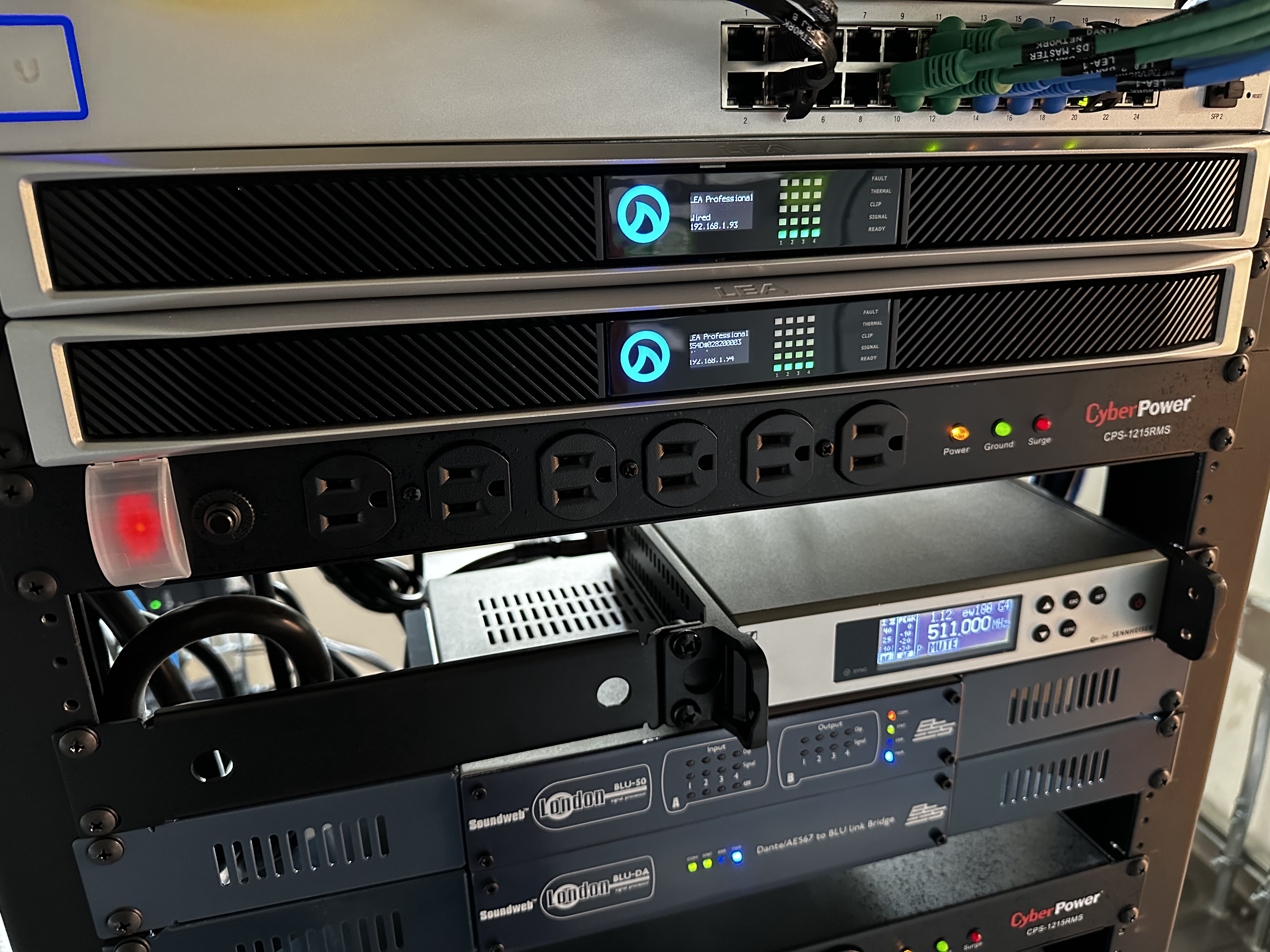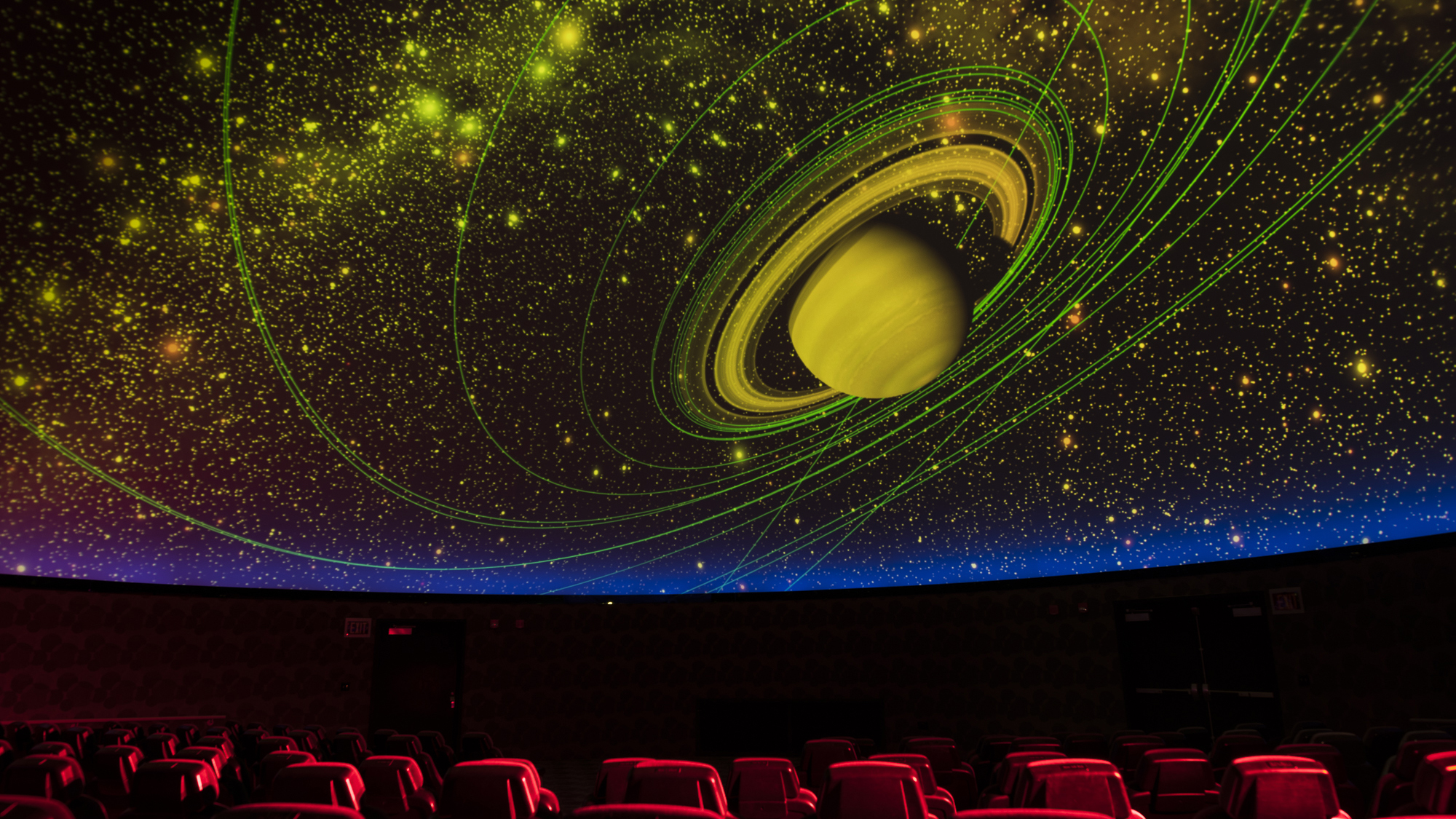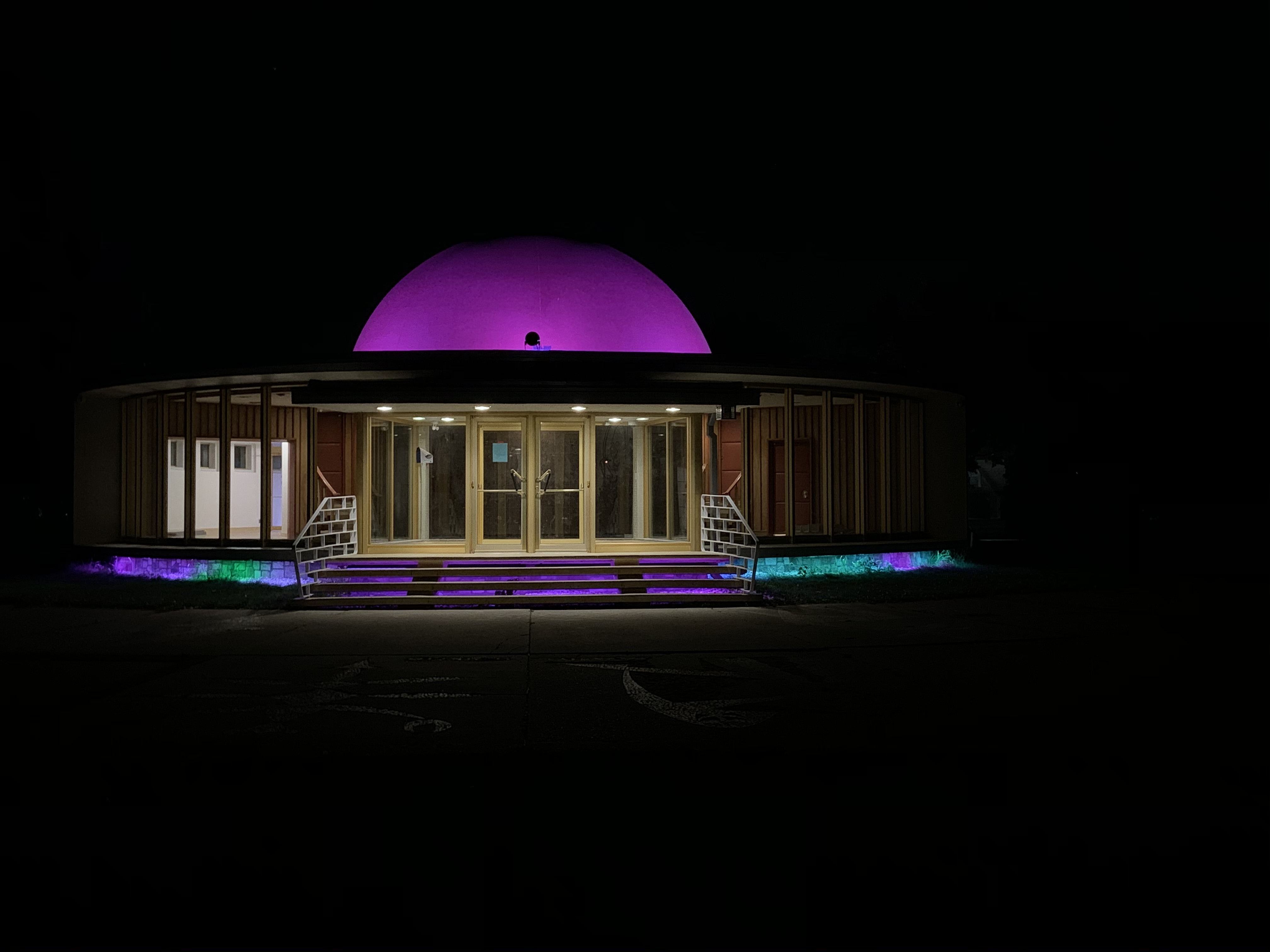The Cosmos Shine—and Sound—Spectacular with Pro AV Technology
The ‘Imiloa Astronomy Center and the Queen Elizabeth II Planetarium turned to LEA Professional for immersive sound.
The ‘Imiloa Astronomy Center in Hawaii and the Queen Elizabeth II Planetarium in Canada bring stories from the stars above to visitors in a visually entertaining environment. To ensure they had the sound to match the visions from space, they planetariums turned to amplifiers from LEA Professional.
Both planetarium teams contacted George Barnett, co-founder and technical director of SSIA Technologies and their long-term technical provider, to help them improve their audio systems. The planetariums wanted a more reliable and robust system that could immerse their guests in the storytelling of the vastness of space.
[Las Vegas' Massive AREA15 Transports Visitors Through Space and Time]

“LEA won our hearts over with their first amplifiers,” said Barnett. “We just loved the engineering—it was fantastic. It had good power, a small chassis, lots of features, and a very clean design. When the planetariums allowed us to spec each system, I said, ‘I'm definitely going to use LEA. It's the best way to go.’"
ʻImiloa Planetarium

A part of the University of Hawaii at Hilo, ʻImiloa is a science education center that opened its doors in February 2006. The $28 million, 40,000-square-foot exhibition and planetarium complex houses ʻImiloa’s 120-seat planetarium. featuring a full-dome video projection system that assists in the sharing of Hawaiian wayfinding and other sciences under the night sky. Recently, NASA funded a $720,000 upgrade for the planetarium, including a 10K-resolution system using 10 laser-illuminated projectors, superior graphic performance, and new features to greatly enhance user experience and the center’s unique science and wayfinding programs. Part of the funding was used to upgrade the audio to match the new visuals.
The planetarium wanted to continue using the existing three-way loudspeakers. SSIA Technologies designed the system using a different amplifier to power the high-, mid- and low-frequency drivers on each. One LEA Connect Series 168D 8-channel amplifier was used exclusively for the high-frequency drivers. In contrast, two Connect Series 704D amplifiers powered the mid-frequency drivers, and four Connect Series 1504D amplifiers powered the low-frequency drivers and four separate 18-inch subwoofers. All three amplifier models include 96 kHz-capable Dante and AES67 connectivity options.
A daily selection of features, industry news, and analysis for AV/IT professionals. Sign up below.
The IoT-enabled 8-channel 168D provides 160 watts per channel. Conversely, each 4-channel 704D delivers 700 watts per channel, while the high-power 4-channel 1504D provides 1,500 watts per channel. All models support high-Z (70V or 100V) and low-Z selectable by channel and feature two Smart Power Bridge channels. The Smart Power Bridge capability appealed to SSIA Technologies because it allowed them to bridge one channel on each CS1504D to power the subwoofers without sacrificing channel count. The remaining channels were used to power the low-frequency drivers without requiring them to buy more hardware.
Queen Elizabeth Planetarium

The Queen Elizabeth II Planetarium is a historical landmark in Edmonton. Originally operating between 1960 and 1983, it served the youth of the Edmonton area, teaching them the science of astronomy. The stars were generated by passing light through several "star plates," with holes drilled to reproduce their placement on the planetarium’s dome accurately. The facility closed at the end of 1983, superseded by the adjacent Edmonton Space Sciences Centre (now the TELUS World of Science-Edmonton), which opened earlier that year. The planetarium fell into a poor state of repair, receiving little care or attention for the next 35 years.
Seeing an opportunity to revitalize part of the city’s history, the Edmonton City Council granted the planetarium full heritage status in 2017 and began plans to modernize the building. The 60-year-old building required many changes to meet modern building standards, and the project staff felt it appropriate to update the audio system during the restoration efforts.
SSIA Technologies installed two Connect Series 354D amplifiers to power the immersive audio experience. With 96 kHz-capable Dante and AES67 connectivity options, the IoT-enabled 4-channel 354D provides 350 watts per channel, supports high-Z (70V or 100V) and low-Z selectable by channel, and features two Smart Power Bridge channels. After four decades of sitting idle, the planetarium is back to serving its original purpose of educating the public about our place in the universe.
[Not All Clouds Are Created Equal]
The Connect Series delivers an industry-first professional amplifier family to feature cloud connectivity, a revolutionary advancement and a significant benefit for anyone maintaining the systems. With LEA Cloud, AV teams can remotely control and monitor the amplifiers regardless of the location or time of day. Whether from within the planetarium or the mainland, controlling the Connect Series amplifiers from afar helps teams work more efficiently, reducing travel and saving time and money.
“Between the state-of-the-art projection systems and improved audio, planetarium visitors experience immersive AV that makes the storytelling come alive,“ said Brian Pickowitz, VP of marketing at LEA Professional. “The full-dome projections at both planetariums are breathtaking, and we’re pleased that our amplifiers could help do justice to the imagery.”
The AVNetwork staff are storytellers focused on the professional audiovisual and technology industry. Their mission is to keep readers up-to-date on the latest AV/IT industry and product news, emerging trends, and inspiring installations.
